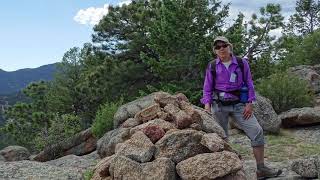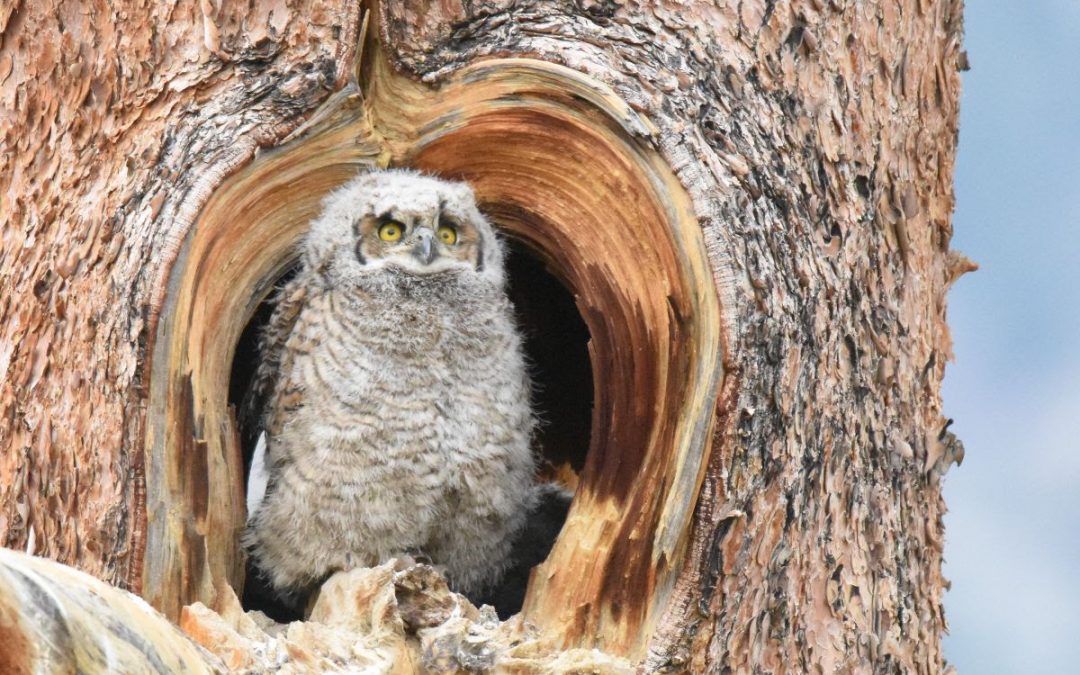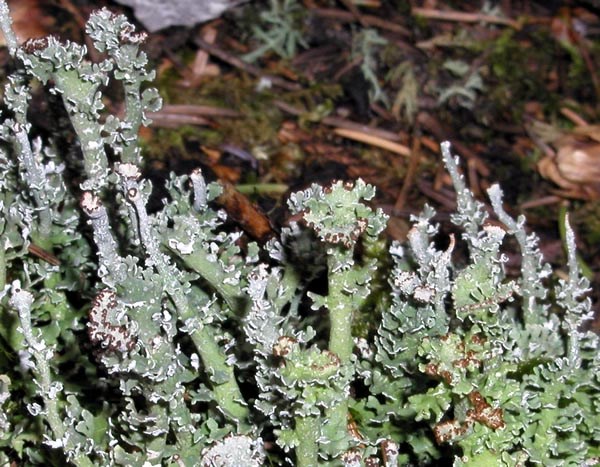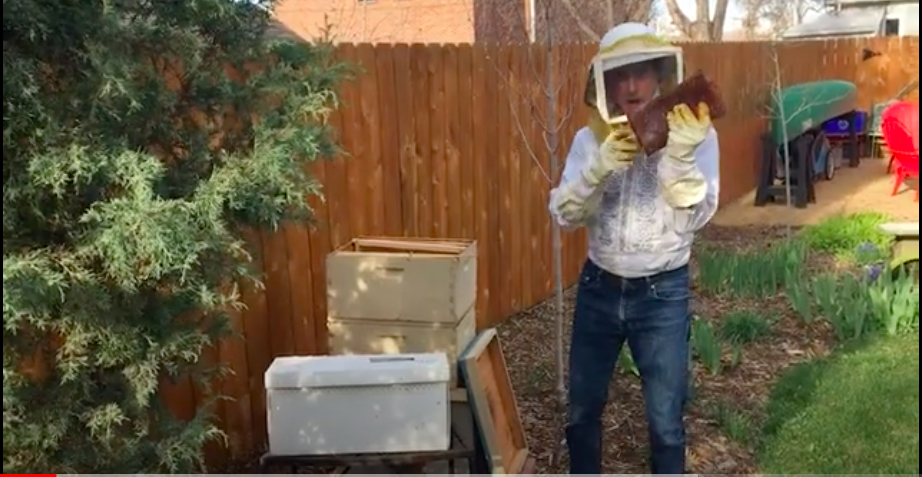
Monitoring with Amy
Amy Plummer, volunteer monitor and board member, took us along as she monitored a private conservation easement near Old Man Mountain. Enjoy the great views and wildflowers with her!

Amy Plummer, volunteer monitor and board member, took us along as she monitored a private conservation easement near Old Man Mountain. Enjoy the great views and wildflowers with her!


Photo by Jim Ward
Spring has sprung here in the valley! The wildflowers are blooming, elk are calving, and baby birds are learning to fly.
We wanted to share these videos of a family of owls growing up in the Estes Valley this spring. The three owlets are fledging this week, and will be moving out of the nest soon enough.
Local videographer Rick Martinez has been documenting this family, and you can watch three of our favorite videos here:

Our community has learned time and time again that we depend on each other to survive and thrive. We build relationships in the good times and lean on each other in the tough times.
Lichens are valuable to our ecosystems, converting CO2 to oxygen, creating valuable plant habitat, and providing nesting materials to critters. Lichen build relationships just like us – they are not one living organism, but the result of a symbiotic relationship among organisms. Without each other, they would not exist. Recently, scientists learned something new about that relationship, and this short film will tell you all about it!

Staying connected to the land is hard when we can’t travel to the places we love, or hike the trails that are dear to our hearts. But finding ways to get outside, like walking in your neighborhood and utilizing local trails, is vital to our overall wellbeing and happiness.
Our Executive Director Jeffrey Boring tends to his own beehive as a means to stay engaged with nature while staying in his own backyard. Watch him install his new bees here.
Bees are vital to preserving our healthy landscapes. They pollinate the spring wildflowers in the Park and the crops on farms down the valley that feed us. Want to learn more about bees in populated urban areas? Watch this video about beekeeping in downtown Washington D.C.


The Estes Valley Land Trust developed a new program to help our conserved lands and provide relief to the Estes Park community at the same time!
Remember the Civilian Conservation Corps of the 1930’s (see this short film for a reminder), when thousands of young men built trails, planted trees and helped protect our natural resources? This year, the Estes Valley Land Trust has created a similar program, though on a much smaller scale, to help with the management of nearly 10,000 acres of land under conservation easement.
Thirty residents of Estes Park (men and women) will be selected for the Estes Valley Stewardship Corps and will receive a $500 check from the land trust during the COVID-19 pandemic. To qualify for the Corps, the resident must have lost their job or been furloughed due to the virus and must pledge 20 hours of service to the land trust when it is safe to work together again. This model helps our local workforce make ends meet now, and provides a total of 600 hours of service on our conserved lands later.
Approximately 20 donors stepped forward to fund the Estes Valley Stewardship Corps and once the pandemic passes, the Corps will be working with our partners to stack slash, pull weeds and repair trails. If you donated a conservation easement to the land trust and have a project for the Stewardship Corps, please let us know.


Since we are all spending more time indoors, it’s a nice time to dust off the camera equipment, start planning hikes, and get ready for the spring and summer wildlife photography season. Soon wildflowers will be brightening the landscape and calves will be testing their legs.
The short film The Wait chronicles a young Belgian wildlife photographer as he spends hours and sometimes days searching for the perfect shot. We hope this film will inspire you to take a closer look, or spend a little more time, watching wildlife. With less human activity outdoors during the pandemic, you may see more wildlife right outside your window.